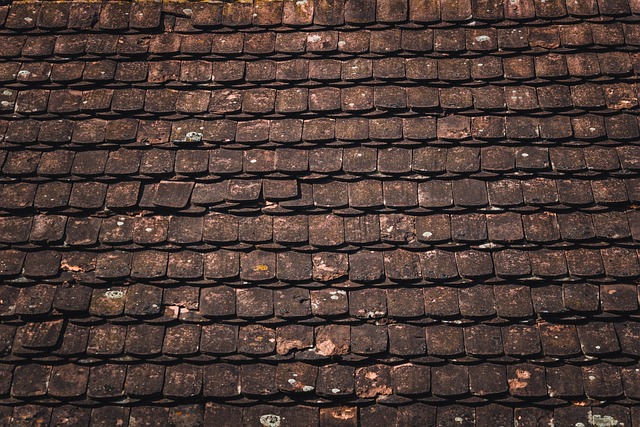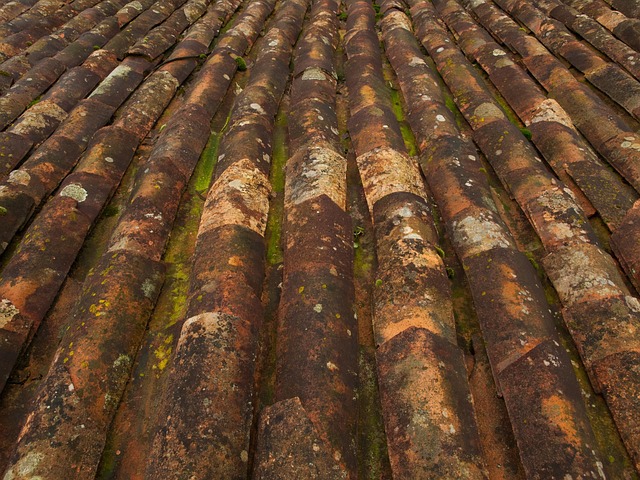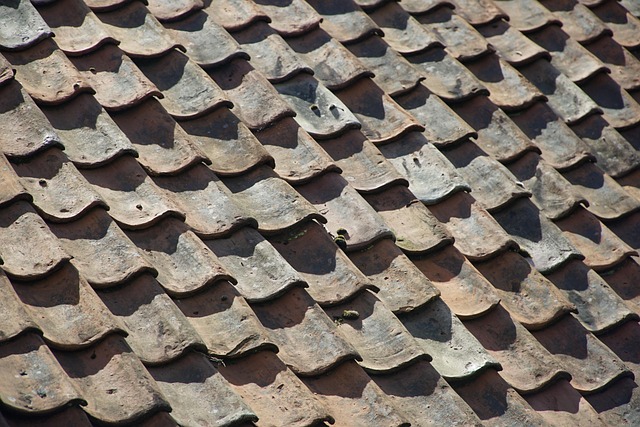Built-up roofing is a durable, multi-ply system for flat commercial roofs, using bitumen, fabric/paper, gravel, and other layers to create a protective barrier against weather and UV. Its longevity and cost-effectiveness make it popular, but requires careful installation and regular maintenance to prevent leaks and structural damage. Traditional built-up roofing has high environmental impact due to carbon footprint and end-of-life disposal challenges, prompting interest in sustainable alternatives with lower VOCs and energy use.
“Unveiling the complexities of multi-layered built-up roofing systems, this comprehensive guide delves into their structure, materials, and installation intricacies. From understanding the basic layers to best practices for optimal performance, we explore how these systems enhance commercial flat roofs. Discover the benefits, challenges, and maintenance secrets behind this popular choice. Additionally, we examine environmental considerations and sustainable alternatives within the realm of built-up roofing.”
- Understanding Built-Up Roofing Structure
- Materials Used in Multi-Layered Systems
- Installation Process and Best Practices
- Benefits for Commercial Flat Roofs
- Common Challenges and Maintenance Tips
- Environmental Impact and Sustainable Alternatives
Understanding Built-Up Roofing Structure

Built-up roofing is a composite material system that involves layering multiple components to create a durable and protective barrier for flat commercial roofs. This method, often referred to as a multi-ply roof, consists of an alternating sequence of bitumen (a type of asphalt) and reinforcing materials, such as fabric or paper, bonded together with additional bitumen layers. The process starts by laying down a base sheet, followed by successive plies, each separated by a layer of gravel or other aggregate, which provides added strength and weight to hold the structure in place. This unique construction creates a robust, water-resistant surface that can withstand extreme weather conditions.
The gravel roof, with its top layer of aggregate, offers not only aesthetic appeal but also serves as a crucial component in protecting the underlying layers from UV rays and extreme temperatures. Bitumen roofing, being the binding agent, ensures the integrity of the structure by creating a strong seal between each ply, preventing water penetration and prolonging the lifespan of the roof. This multi-ply design makes built-up roofing a popular choice for flat commercial buildings, providing both functionality and long-term durability.
Materials Used in Multi-Layered Systems

Multi-layered built-up roofing systems, a common sight on flat commercial buildings, are comprised of several components working in harmony to provide durable and robust protection against the elements. The foundation lies in the use of high-quality bitumen roofing, which serves as the binding agent between layers. This essential material is known for its exceptional water resistance and ability to maintain structural integrity over time.
On top of the bitumen, a series of reinforcement layers are added, typically consisting of heavy-duty fabrics or felts. These layers enhance the system’s overall strength and tear resistance. Subsequently, a gravel roof is often incorporated, acting as a protective covering that shields the underlying structure from UV radiation and adds an extra layer of stability. The combination of these materials creates a multi-ply roof, offering excellent performance in terms of longevity and weather resilience.
Installation Process and Best Practices

The installation process for built-up roofing systems involves several precise steps to ensure durability and watertightness. It starts with preparing the substrate, ensuring it’s clean, dry, and free from any debris or imperfections. A layer of bitumen roofing is then carefully unrolled and secured, creating a strong foundation. Subsequent layers of gravel roof are added in a multi-ply approach, each separated by additional bitumen sheets. This layering method enhances the roof’s strength and provides multiple barriers against moisture penetration.
Best practices dictate that each layer should be thoroughly bonded to the previous one, using appropriate techniques such as hot asphalt or mechanical fastening. Proper lapping of the membranes is crucial to prevent water seepage at joints. Regular inspections during installation help identify and rectify any issues promptly. Additionally, ensuring adequate ventilation in the roof cavity contributes to the longevity of the built-up roofing system by reducing heat buildup and internal pressure.
Benefits for Commercial Flat Roofs

Built-up roofing systems offer a plethora of benefits for commercial flat roofs. These systems are designed to withstand heavy loads and provide superior durability, making them ideal for industrial and commercial buildings. The multi-ply roof structure involves layering bitumen and fabric membranes, often reinforced with gravel, creating a robust and protective barrier against the elements. This method is particularly advantageous in preventing water penetration and offering excellent tear resistance.
Additionally, built-up roofing is known for its cost-effectiveness and low maintenance requirements. The gravel roof topping provides extra protection from UV rays, ensuring the underlying layers remain intact for an extended period. This long-lasting nature translates to reduced replacement costs and less downtime for building owners, making it a practical choice for efficient commercial roofing solutions.
Common Challenges and Maintenance Tips

Built-up roofing systems, while popular for flat commercial buildings due to their durability and cost-effectiveness, come with unique challenges. One of the primary concerns is their significant weight, which requires sturdy structural support. Improper installation or an inadequate structure can lead to issues like leakage, membrane damage, and even collapse. Moreover, these multi-ply roofs demand regular maintenance to combat environmental factors, including UV radiation, extreme temperatures, and damaging debris.
Regular inspection and timely repair are crucial for longevity. Maintenance tips include checking for cracks, blisters, or missing components; ensuring proper drainage systems; sealing seams and laps with suitable mastic or tape; and replacing worn-out plies or bitumen roofing materials. A gravel roof, while adding protective layers, requires frequent reapplication of the aggregate to maintain its effectiveness against weathering. Proactive care can extend the life of these complex built-up roofing systems, ensuring optimal performance and structural integrity for commercial properties.
Environmental Impact and Sustainable Alternatives

The environmental impact of traditional built-up roofing systems has become a growing concern due to their significant carbon footprint and contribution to urban heat islands. These systems, often consisting of multiple layers of bitumen and fabric reinforced with gravel or slag, are prevalent on flat commercial roofs. The manufacturing process involves the emission of volatile organic compounds (VOCs) and high energy consumption, exacerbating their ecological effects. Moreover, when these roofs reach the end of their lifespan, proper disposal becomes a challenge due to the complex composition, leading to potential environmental hazards.
Sustainable alternatives are emerging to address these issues, offering eco-friendly solutions for commercial roofing. One promising option is the adoption of single-ply or multi-ply roof systems that utilize advanced materials like TPO (thermoplastic olefin) or EPDM (ethylene propylene diene monomer). These materials are known for their superior durability and low environmental impact during production. Additionally, incorporating green features such as reflective coatings, vegetation, or solar panels can further enhance the sustainability of built-up roofing, contributing to energy efficiency and reduced carbon emissions in urban areas.
